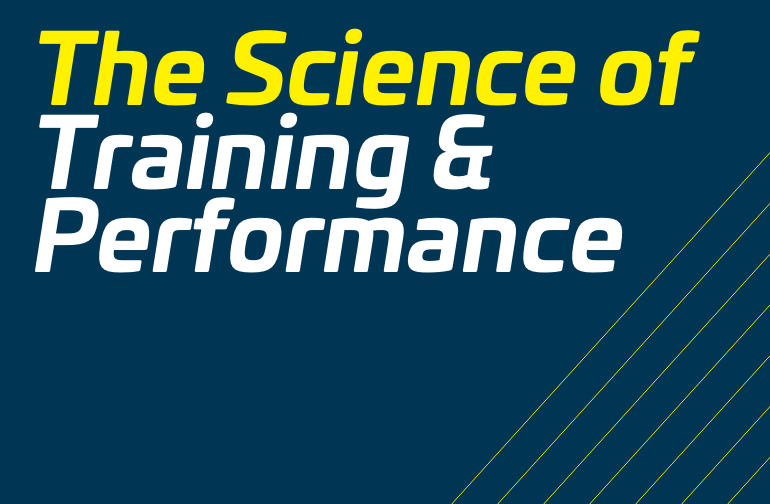 Throughout the last few months, my articles have been focused on how we ought (or ought not to) alter our stride to enhance running economy. Last month, for instance, I looked at stride length, and how deviating from a naturally selected length will likely make you slower.
Throughout the last few months, my articles have been focused on how we ought (or ought not to) alter our stride to enhance running economy. Last month, for instance, I looked at stride length, and how deviating from a naturally selected length will likely make you slower.
This month, I will address one aspect that I have mentioned in my previous posts: vertical oscillation (i.e. bouncing up and down as we run).
Vertical oscillation has always been one of the features of a stride that I think should be corrected if the vertical translation is excessive. The research is clear, and logically it makes sense: if you waste energy shooting your body up into the air, you will have less energy to propel you forward. The idea of a seemingly relaxed and tranquil upper body floating over spinning legs is the image we see amongst the best in the world, and something we should strive for. BUT, is cutting vertical oscillation out entirely needed, or even beneficial? Let’s see what the research says:
Study #1- Reducing Vertical Displacement Helps (maybe)
In this 2012 study, 16 subjects were put through a series of tests on the treadmill running 16K/h. Alterations were made to the vertical displacement of the centre of mass and the stride frequency (how quick their turnover was).
The researchers did indeed show that in isolation, the reduction in the vertical movement of the runners enhanced running economy.
However, they made a very important note: this was difficult to achieve without also increasing the stride frequency. They also noted that increasing the stride frequency at a given speed decreased running economy, and potentially negated the benefit of decreasing the vertical movement in the first place!
Study #2: Reducing Vertical Displacement Hurts (maybe)
So does reducing vertical oscillation actually help? Here is a great study from 2005 published in the Journal of Experimental Biology. There’s lots of data in this one, but it was well done and worth suffering through. Without getting into the nitty gritty, what these researches suggest is that because decreasing vertical oscillation is associated by necessity with an increase in stride frequency (you’re not going as high so your legs have to move faster), opting to take away that vertical displacement will have a slight detrimental impact on running economy.
Practical Applications:
So even though these studies have slightly different conclusions, these differing outcomes seem more as a result of different interpretations of the facts rather than conflict surrounding the facts themselves.
It’s clear that in isolation, decreasing vertical oscillation will make you more economical. It is also clear that this decrease in oscillation is linked with a costly increase in stride frequency and sucks oxygen. So again, as with all other features of a stride, if you change one component for the better, it might be at the expense of another feature. Balance is the key and listening to your individual body.
However, while there likely is a limit to where vertical oscillation reductions become costly, I think generally speaking this is one of the more clear features of a stride that can be safely changed to get faster. Unlike other features, like stride length, it has been widely shown that better runners bounce LESS (1,2).
How do you do this? Injecting running drills and strides into your training plan will go a long way. Also, there is no replacement for running more. We know that the more you run, the more economical your stride becomes without consciously trying to become more economical. So, put in those miles; there’s no replacement for hard work!
Dr. Sean Delanghe, BSc. (Hons), DC is a chiropractor, coach, and a regular contributor to the RunWaterloo blog.

